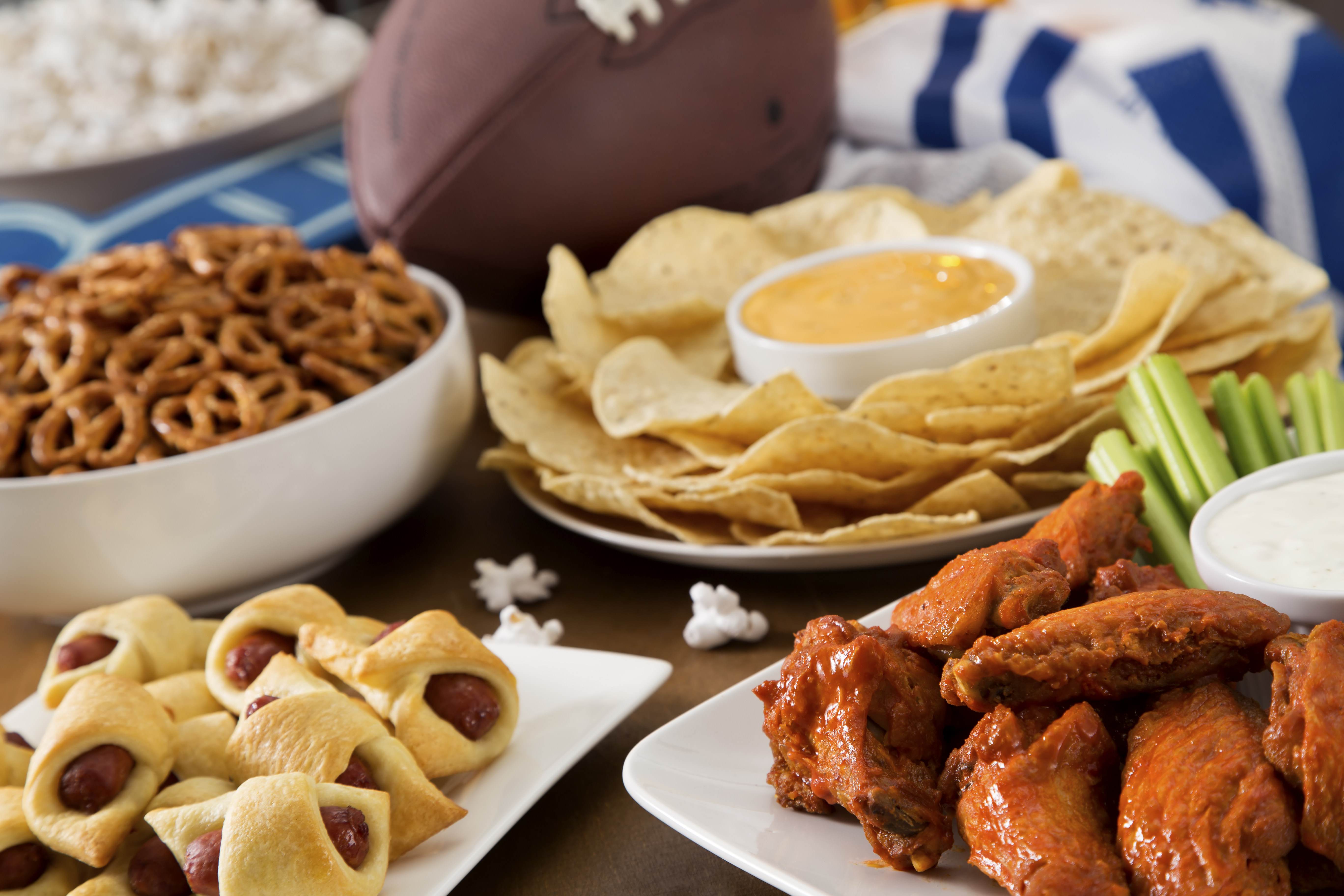Meaning Of 2000 Calories Diet
Picture 2,500 calories. Do you have an image in your mind?
Depending on the foods you prefer or whatever's easiest for you to visualize, you might imagine a small pile of fast-food hamburgers, a carton of ice cream, or a plate of fresh fruits and vegetables. In other words, what to put on your plate to achieve 2,500 calories can vary drastically in terms of quantity, quality, and macronutrient composition.But if you believe that a calorie is a calorie is a calorie, then 2,500 of them should have the same impact on your body no matter what foods you eat, right?Well, we're not so sure. You can eat 2,500 calories in a day, but how these calories are broken up into protein, carbs, and fat can have a big impact on your physique, performance, and general health.To help you visualize what 2,500 calories looks like as actual food from different popular diet plans, we've created daily meal plans out of three common macronutrient ratios of protein to carbohydrates to fat: 40/40/20, 30/20/50, and 20/50/30.The 40/40/20 ratio is the typical low-fat, high-protein bodybuilder diet many of us are accustomed to seeing. The 30/20/50 ratio is a relatively high-fat, low-carbohydrate diet. The 20/50/30 ratio represents what the typical American diet looks like.The calories will be the same in each daily diet, but the food on the plates is going to look vastly different.
Using these photos, you'll be able to distinguish what type of macro ratio you'd like to utilize according to your goals and tastes! Build Your Own Nutrition PlanTo figure out your own caloric needs, how those calories get broken down into macro ratios, and how many grams of each macronutrient you should eat per day, you'll have to do a little math. It's not hard, though. If you passed fifth grade, you should be fine.Use this calculator to determine your total daily caloric intake.

Normal 2000 Calorie Diet
Extra active (intense exercise and active job) CalculateIf you have a desk job, we suggest that you estimate light or moderate activity on your activity level, even if you hit the gym hard 5-6 days per week.Once you have your caloric intake figured out, it's time to choose a macro ratio. In general, the 40/40/20 choice works for most people, but if you like a little more fat in your diet, feel free to change the numbers depending on your tastes.Once you know your macro ratio, it's time to put those percents to good use and turn them into actual calories. For example, let's say you're going to eat 2,500 calories in a 40/40/20 split. In that case, 40 percent of your total (1,000 calories) would come from protein; 40 percent (1,000 calories) would come from carbs; and 20 percent (500 calories) would be from fat.When you know how many calories you should eat from each subgroup, divide them by the calories in 1 gram of each macro. A gram of carbohydrate has 4 calories, one gram of protein has 4, and one gram of fat has 9.So, continuing with 2,500 calories broken down into 40/40/20, 1,000 calories from protein would be 250 grams; 1,000 calories from carbs would be 250 grams; and 500 calories from fat would be 55 grams. Every day, you'll aim to eat 250 grams of protein, 250 grams of carbs, and 55 grams of fat. Voila!Once you know those numbers, all you have to do is fill them in with actual food like we've done here.
Daily 2000 Calorie Diet
Fugees fu gee la acapella. Use this handy visual guide to build your own perfect diet based on your preferred macronutrient ratio! 2,500 Calories in Five Meals Breakfast.

The Power of ProteinWhile you probably already know this, protein is easily one of the most important macronutrients when it comes to building muscle, if not the most important. Protein is responsible for tissue growth and repair, so it's integral to muscle recovery and growth.If you don't already have a protein supplement in your cupboard, consider buying one now to integrate into your meal plans and to drink after your weightlifting workouts. Protein supplements like whey are convenient, low-calorie, fast-digesting, and easy to fit into any configuration of 2,500 calories.Lunch.